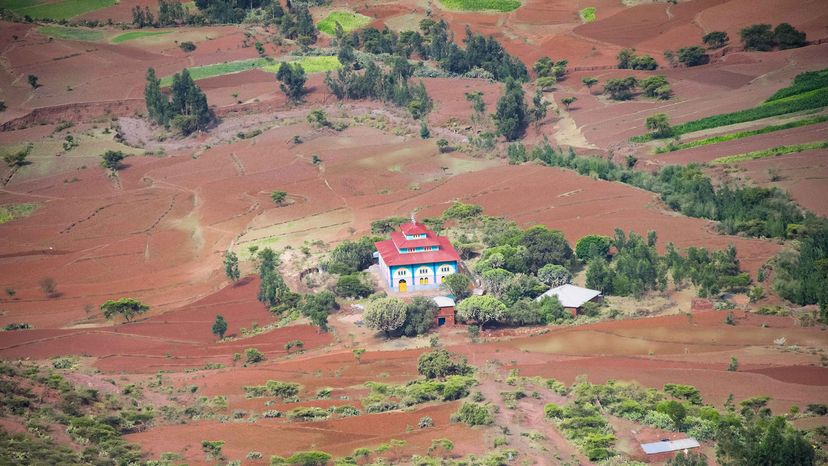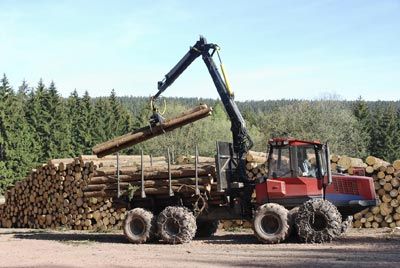
From an aerial perspective much of northernEthiopialooks like one great big brown field, only occasionally crisscrossed by roads. But there are tiny pockets of green forest, thanks to the churches that are part of theEthiopian Orthodox Tewahido Church, a denomination with some 50 million members.
More than3,500 of these churchesare strewn through the Ethiopian countryside and most are set inside forests. The church's followers believe thatthe forests are just as sacredas the religious buildings resting in the shade within.
Advertisement
That ideal stands in stark contrast to much of the rest of the country. In the early 20th century, forests shadedabout 40 percent of Ethiopia. Now, largely due to expanding reproduction rates and the need for agricultural land to feed the world's 12th-largest population, the country's landscape is only about 4 percent forested.
It's the churches that protect much of that 4 percent. Some of the churches are 1,500 years old, meaning that the patches of woods around them are ancient, too. These lush, verdant areas aren't just soothing to the skin of sun-parched people (and often, livestock). They're vital islands of biodiversity in a region that'sburdened by deforestationand overgrazing. They help protect water supplies and soil quality, and provide habitat for pollinators, which are important not only for the forests but also for adjacent crops.
Astudy published in March 2019in the journal PLOS One showed that disturbances from both humans and livestock impact the overall health and biodiversity of the church forests. Too many human feet and animal hooves fragment the forests, reduce forest size and density, and increase the isolation of these fragile ecosystems.
Some churches have builtlow stone wallsto stop cattle and other animals from stomping through the underbrush and to demarcate the forest. The study found that the walls have helped in those areas, but not in seeding new forest growth. For that, the study authors recommended an active planting program, removal of weeds and the discouragement of new paths and clearings.
"The interdependence between the forest and the church community make conservation efforts essential,"they write.
Advertisement





